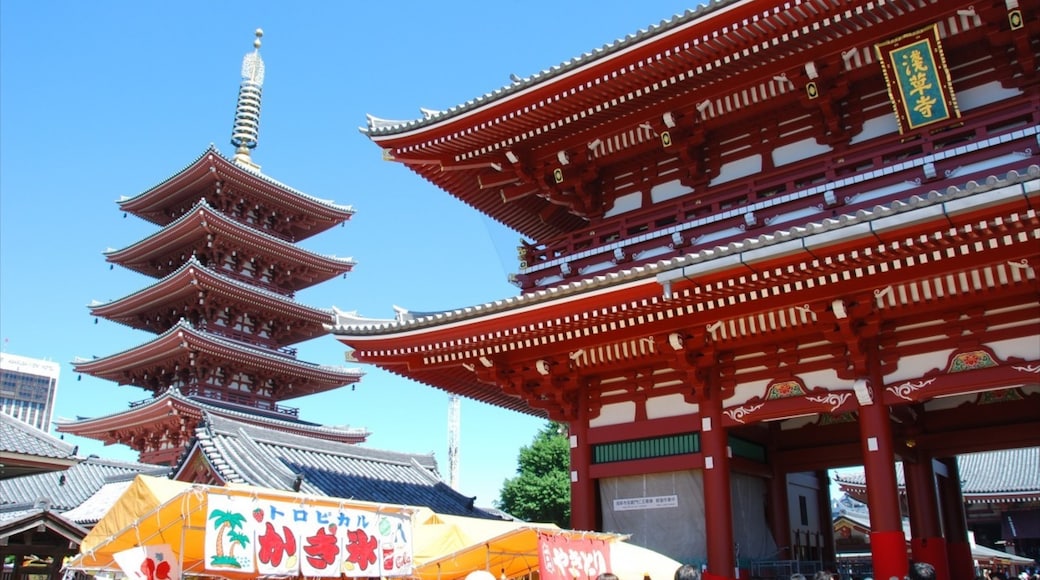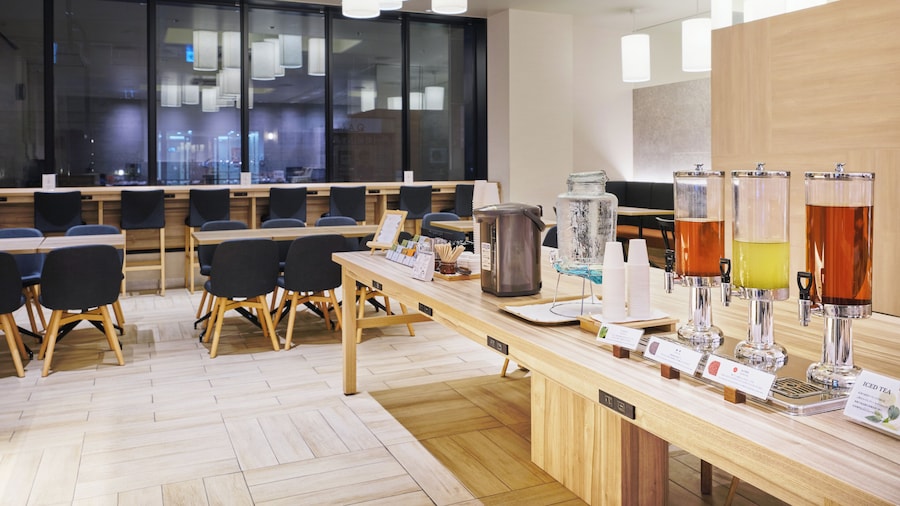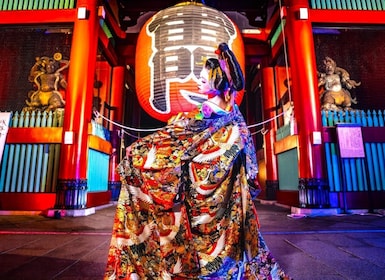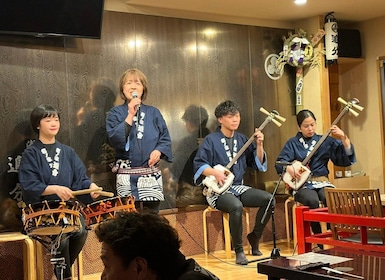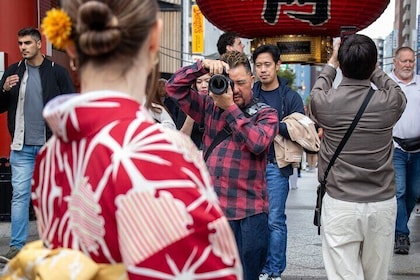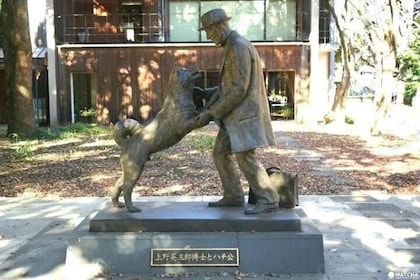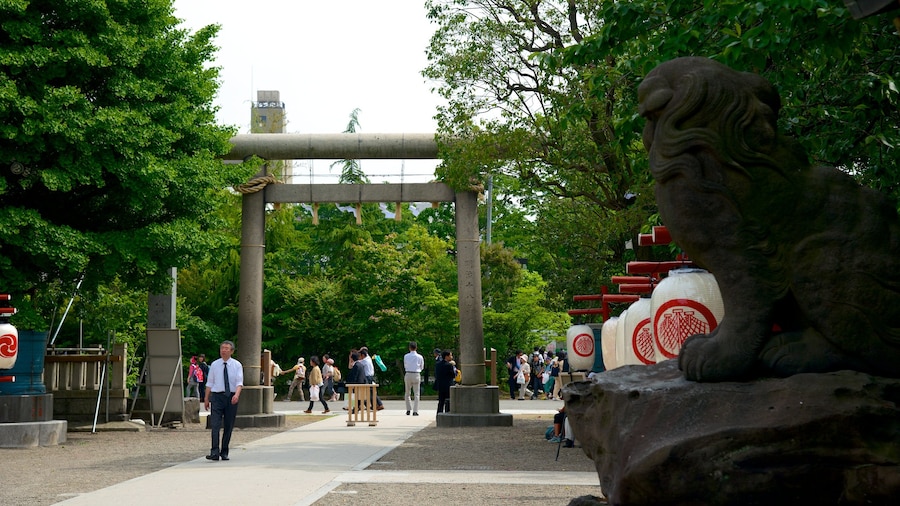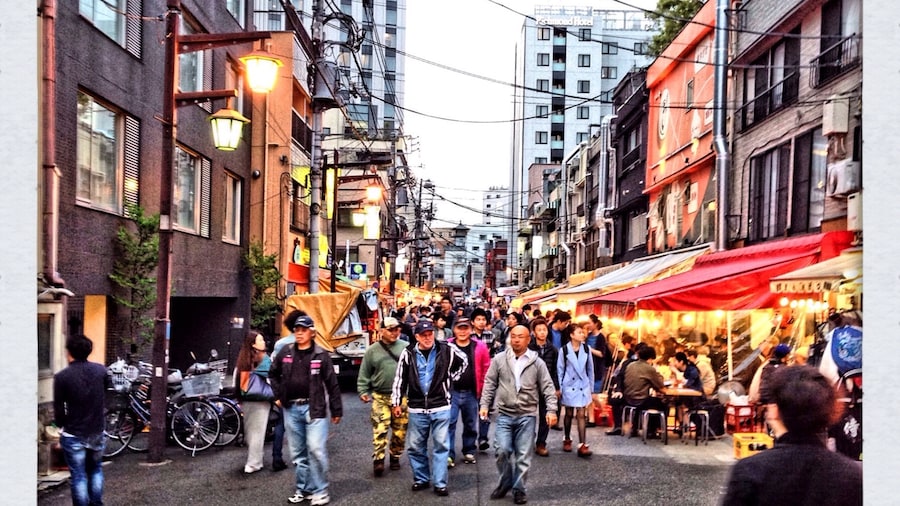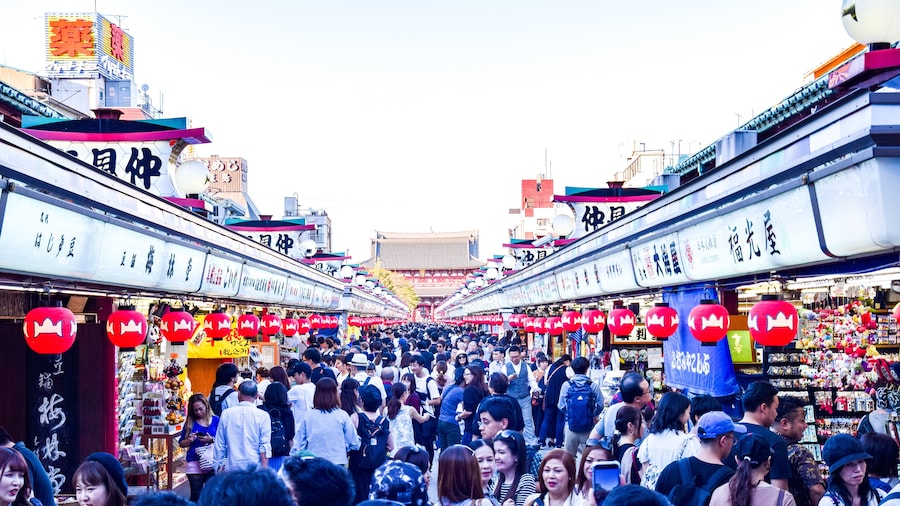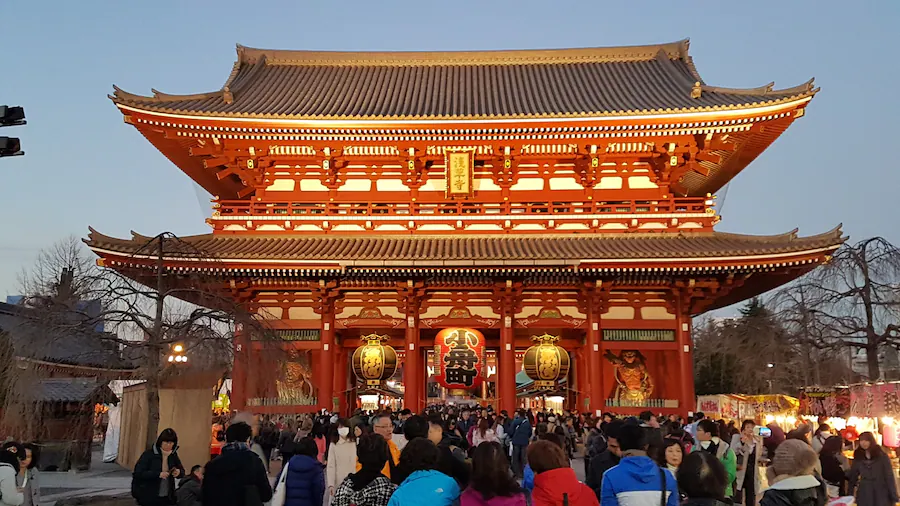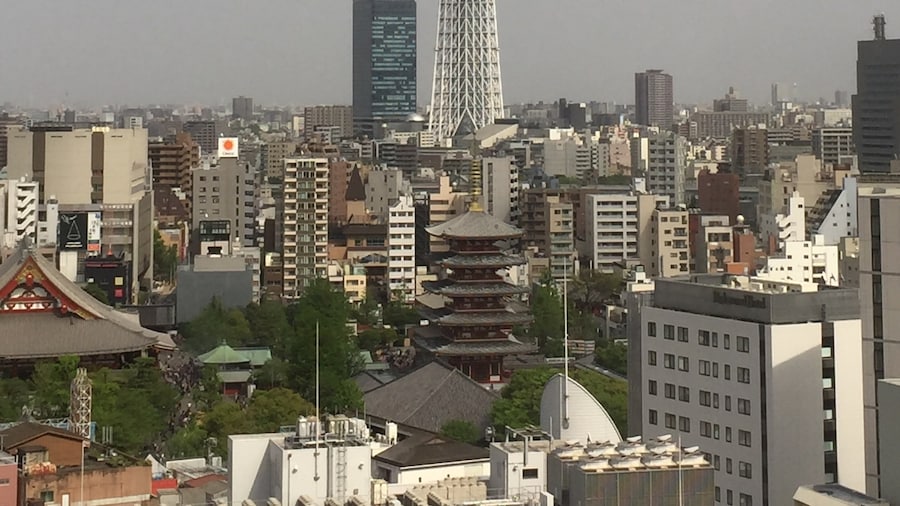Mercy meets modernity at this centuries-old Buddhist temple which draws thousands of visitors every day.
Much of modern life in Tokyo revolves around the latest technology, but there’s still space for the spirituality of Buddhism. At Sensoji Temple, Buddhist monks practise their ancient way of life in the oldest temple in Tokyo, a five-storey red and white pagoda, set among the high rises of the city. The temple’s history dates back to the seventh century with a tale steeped in legend. The story goes that two brothers were out fishing one day and found a small statue of the Japanese goddess of mercy, Kannon, trapped in their nets. After they tried without avail to return the Bodhisattva Bato-kannon (the statue of Kannon) to the river, they kept it. The brothers and a third man, a wealthy landlord and chief of the village, devoted their lives to Buddhism and built a shrine to honour the goddess and protect the statue. For this reason, the three men are commemorated today along with the statue itself.As the popularity of the temple grew, shops around the temple began to open, selling souvenirs and snacks.The very statue that was rescued from the fishermen’s nets is displayed to the public in the Komagatado Hall on the 19th day of each month, under the watchful eyes of the presiding Buddhist monks. And during May, Sensoji Temple hosts the festival of the Asakusa Shrine with three days of traditional music and dancing as the mikoshi (portable shrines) of the three men are paraded around the temple area. The streets are thronged with people playing flutes and drums, singing and trying to catch a glimpse of the celebrations.The temple complex with its imposing Kaminarimon (Thunder Gates), main hall, pagoda and Asakusa Shrine is a stunning example of Buddhist architecture. When the temple was rebuilt after the Second World War, it became for many a symbol of rebirth, much like a tree in the grounds which, when hit by a bomb, regrew in the charred shell of its old trunk.
